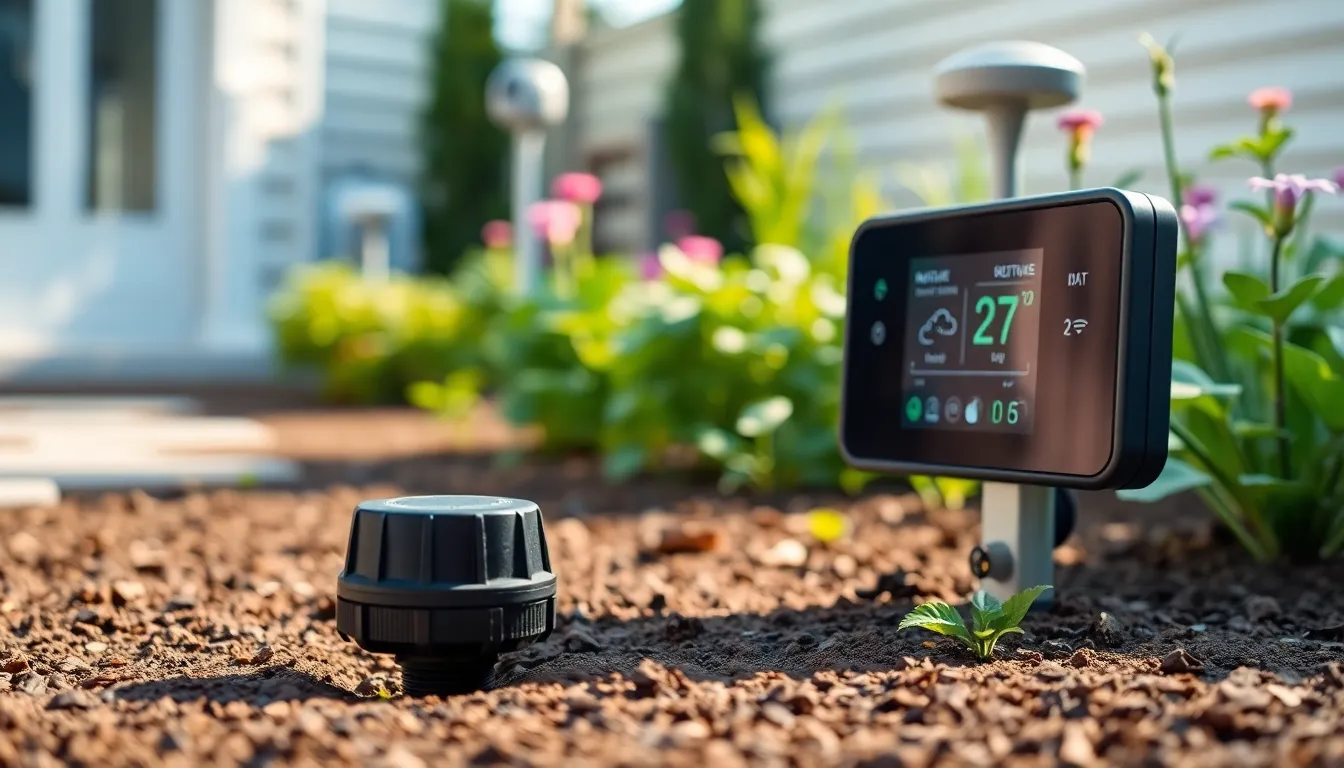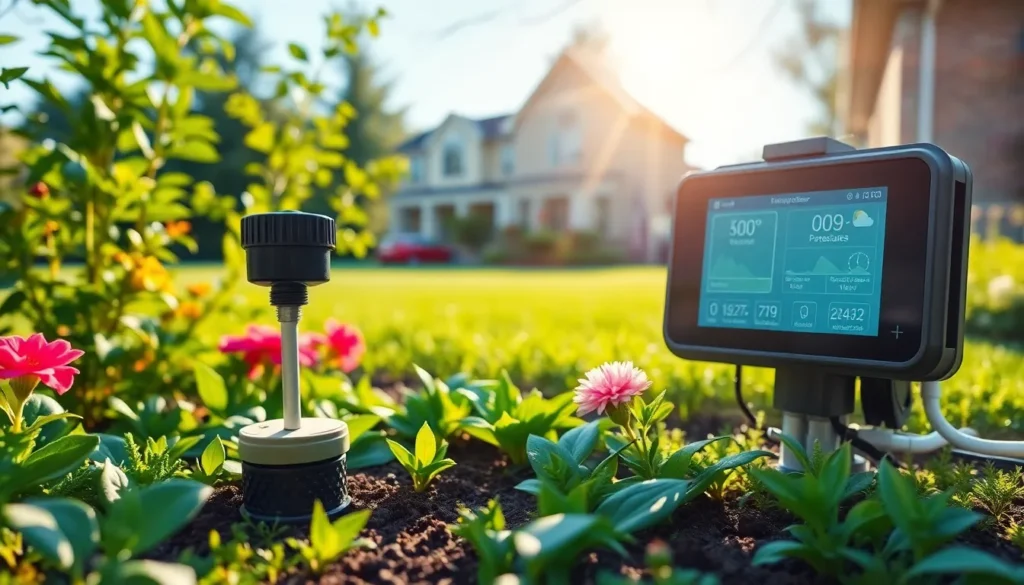Table of Contents
ToggleHave you ever wondered if talking to your plants would help them thrive? While that may sound like a flibbertigibbet notion, the real magic is happening with smart irrigation systems. These technology-driven marvels are changing how we water our gardens and landscapes, promising not just healthier plants but also savings on water bills. So, what’s the scoop on this digital horticultural revolution? Let’s dig in and see if smart irrigation is a game-changer or just another trend that will disappear like last year’s fashions.
Understanding Smart Irrigation Technologies

Smart irrigation technologies harness the power of advanced sensors, weather data, and automated systems to optimize watering schedules. At their core, these systems consist of various components such as soil moisture sensors, weather stations, and smart controllers. Together, they communicate in real time, allowing homeowners and turf managers to respond to plants’ needs without wasting a drop.
For instance, a soil moisture sensor embedded into the ground detects the moisture level in the soil. When it dips below an optimal threshold, the sensor communicates with a smart controller, which might be connected to your home Wi-Fi. This controller can adjust watering schedules instantly, ensuring that plants receive just the right amount of water. Imagine a system that not only waters your garden but learns from weather forecasts to avoid unnecessary irrigation during rainy days, now that’s truly groundbreaking.
The Benefits of Smart Irrigation Systems
The perks of adopting smart irrigation systems are nothing short of impressive. Firstly, they promote water efficiency. According to studies, smart irrigation can reduce water usage by 30% or more without impacting plant health. This is especially crucial in regions experiencing droughts or water restrictions.
Also, using smart irrigation technology can lead to cost savings. Lower water usage means reduced water bills, and by preventing over-watering, homeowners can avoid expensive water runoff and property damage. On top of that, the automated nature of these systems frees up time for busy homeowners. Instead of monitoring the garden daily, they can trust their smart systems to do the work. Plus, some systems even provide insights through mobile apps, enabling users to check their garden’s health and adjust settings right from their smartphones.
Challenges and Considerations in Implementation
Even though all the shiny advantages, implementing smart irrigation isn’t a walk in the park. Initial costs can be a significant barrier, particularly for those with large properties or extensive garden systems. Nonetheless, many find that the long-term savings outweighs the upfront investment.
Another challenge involves technology integration. Many homeowners have existing irrigation systems that may not be compatible with new smart technologies. This means additional costs for retrofitting or replacing old systems. Users must also be diligent about maintenance and software updates, as neglecting these can result in malfunctioning systems. To ensure peak performance, it’s crucial to stay updated with technological advancements and regularly check system components.
Case Studies: Success Stories in Smart Irrigation
Take, for instance, a case study from a community in California. Faced with severe drought conditions, the local government implemented smart irrigation technology across its public parks. As a result, water usage plummeted by 40% while the landscapes remained vibrant and healthy. Park attendance increased, demonstrating that a healthy environment fosters community activity.
Similarly, a residential neighborhood in Arizona adopted smart irrigation systems, leading to a 35% reduction in individual household water consumption. Residents shared their experiences on social media, encouraging others to make the shift. These success stories are not isolated: they illustrate how smart irrigation can secure sustainability, enhance beauty, and engage communities.
Future Trends in Smart Irrigation Technology
Looking ahead, the future of smart irrigation technology seems bright. Innovations such as AI-driven analytics and integration with renewable energy sources are just the beginning. Imagine a system that not only waters your plants intelligently but does so using energy collected from solar panels.
Also, the use of drone technology is on the horizon. Drones equipped with thermal imaging can assess plant health from above, locating areas that need attention. As the Internet of Things (IoT) continues to expand, further advancements in connectivity will make it easier for various systems to communicate with one another, leading to even more efficient irrigation practices.
Harvesting data and learning from individual environments will be a major theme. As smart irrigation systems become more adaptive, gardeners will see not only a decrease in water usage but also an increase in plant health and yield.





